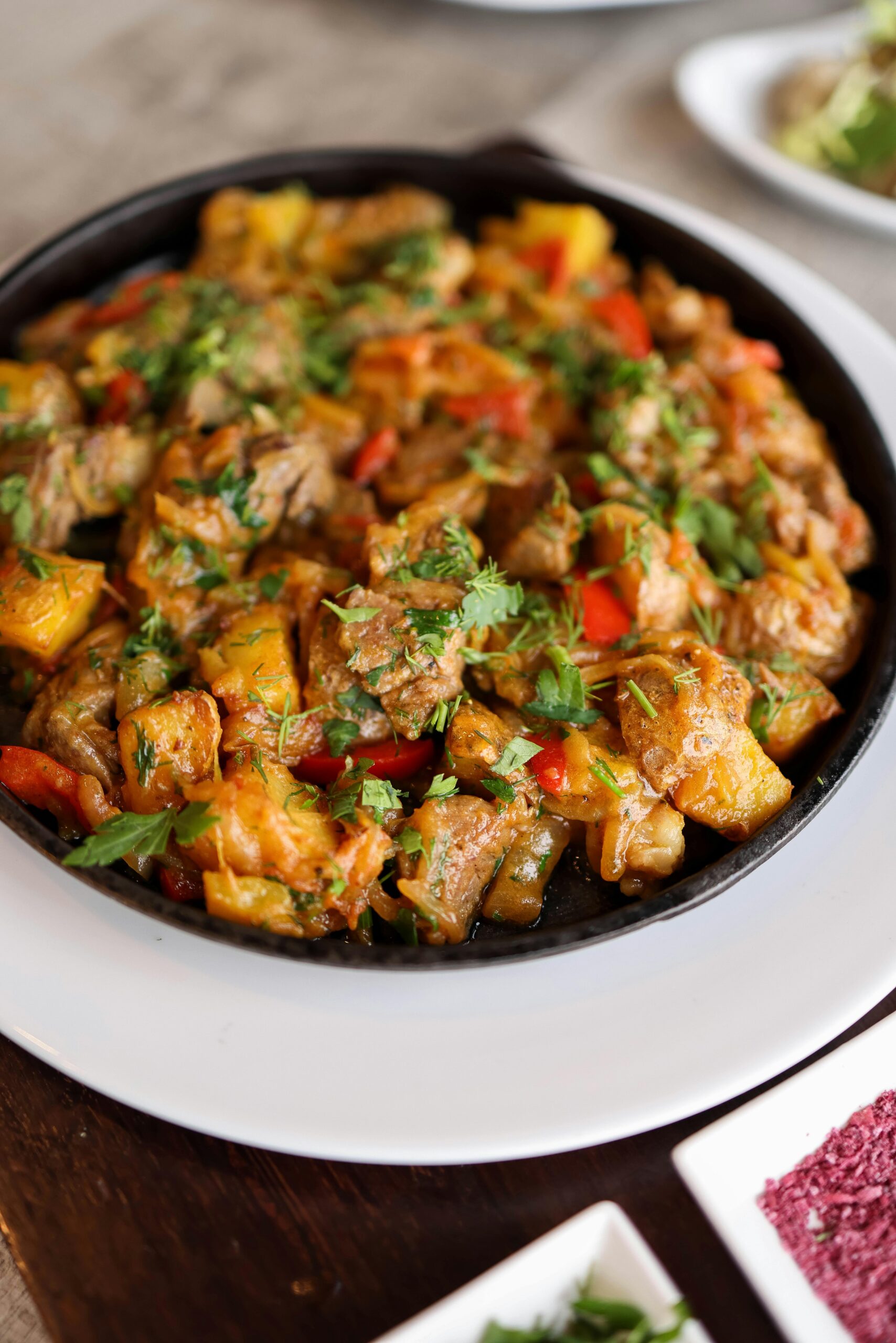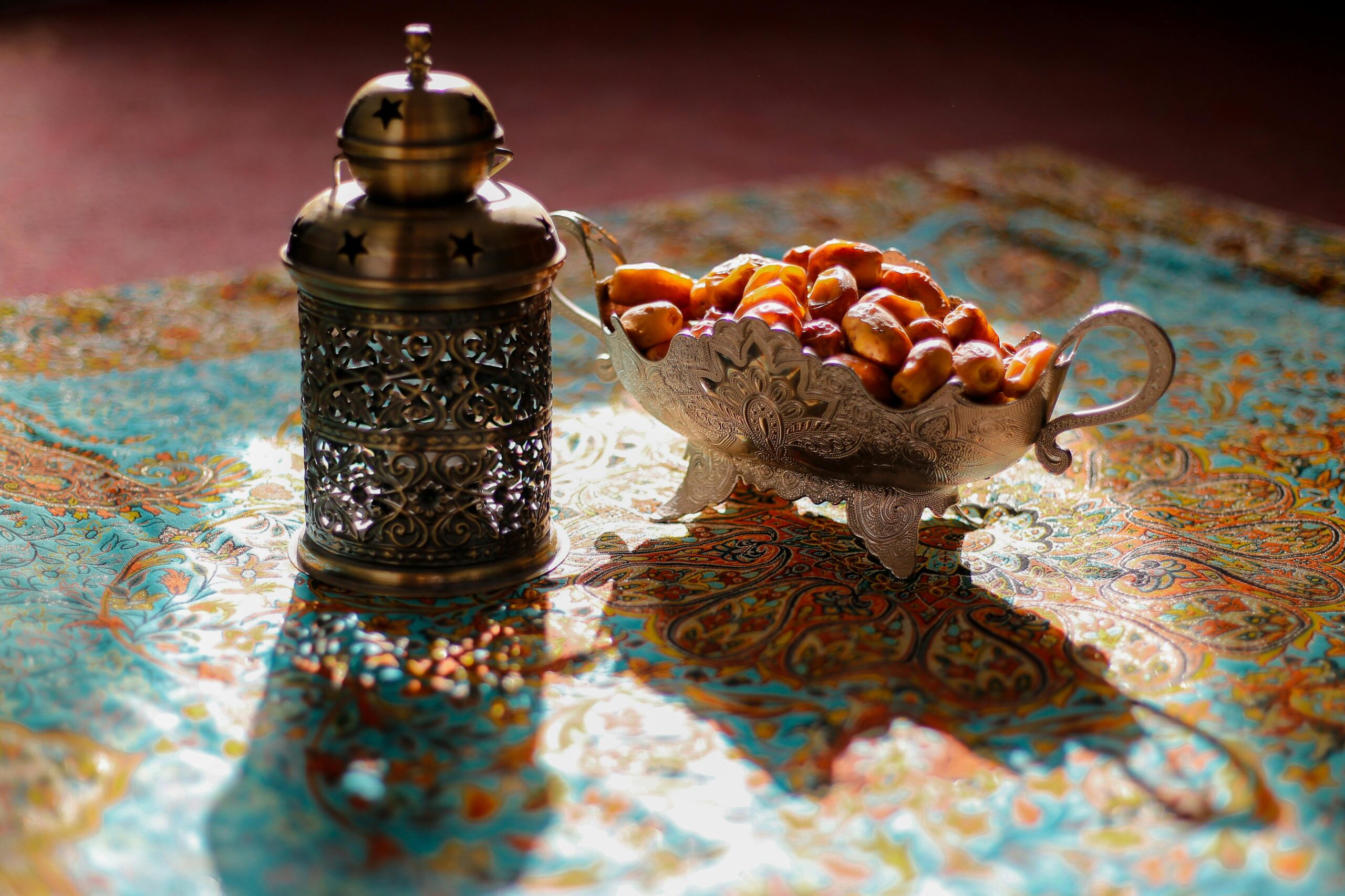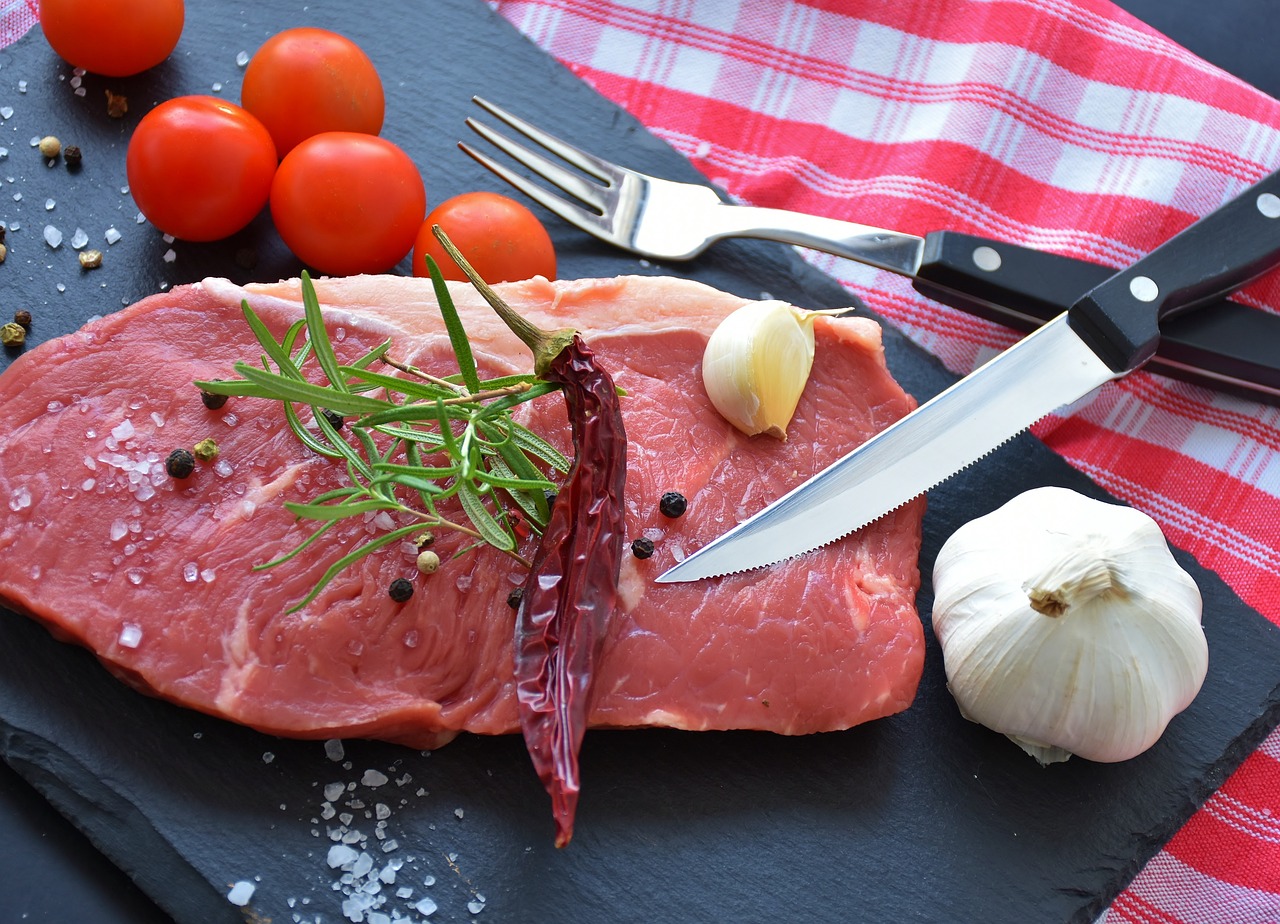Are you tired of serving overcooked or flavorless beef? Look no further! In this article, you will discover ten easy cooking tips that will transform your beef dishes from ordinary to extraordinary. From choosing the right cut of beef to seasoning and marinating techniques, these tips are guaranteed to enhance your beef’s tenderness, juiciness, and overall flavor. Whether a novice or a seasoned chef, these simple yet effective tips will help you master the art of cooking beef like a pro. Get ready to impress your family and friends with mouthwatering, succulent beef dishes that will leave them craving more!

Table of Contents
Choosing the Right Cut
When it comes to cooking beef, one of the most important decisions you’ll make is choosing the right cut of meat. The cut you choose will greatly impact the tenderness and flavor of your dish, so it’s important to consider the dish’s purpose before making a decision.
If you’re planning to grill or roast the beef, you’ll want to choose a tender and well-marbled cut. Tender cuts like ribeye, filet mignon, and strip steak are perfect for these cooking methods, as they will result in a juicy and flavorful final product. On the other hand, if you’re planning to braise or stew the beef, you’ll want to choose tougher cuts that will benefit from long, slow cooking. Cuts like chuck roast, brisket, and short ribs are ideal for these methods, as they become tender and flavorful when cooked low and slow.
Preparing the Beef
Before you start cooking your beef, preparing the meat properly is important. This will help ensure your dish turns out tender, flavorful, and delicious.
The first step in preparing the meat is thawing it properly. If you’re using frozen beef, it’s best to thaw it in the refrigerator overnight. This slow thawing method helps maintain the meat’s quality and texture. If you’re short on time, you can also use the cold water method to place the wrapped meat in a sealed plastic bag and submerge it in cold water.
Once the meat is thawed, trimming any excess fat is important. While a bit of fat can enhance flavor, too much can lead to a greasy and unpleasant result. Use a sharp knife to carefully remove any visible fat from the meat, ensuring that you leave behind a thin layer for flavor.
For tougher cuts of meat, such as chuck roast or flank steak, you may want to consider pounding or tenderizing the meat. This process helps to break down the muscle fibers, resulting in a more tender final product. You can use a meat mallet or a rolling pin to gently pound the meat, careful not to overdo it and turn it into mush. https://www.youtube.com/embed/-2soRo5ITbA
Marinating Techniques
Marinating is a great way to enhance the flavor of your beef and add an extra dimension to your dish. Whether grilling, roasting, or pan-searing, a good marinade can take your beef to the next level.
When choosing a marinade, it’s important to consider the cut of beef you’re working with. A simple olive oil, garlic, and herbs marinade can flavor leaner cuts like tenderloin or sirloin. For fattier cuts like ribeye or skirt steak, you can go for bolder flavor profiles, using ingredients like soy sauce, Worcestershire sauce, and spices.
It’s also crucial to allow enough time for marinating. While some recipes may call for a quick 30-minute marinade, marinating your beef for at least a few hours or overnight is best. This allows the flavors to penetrate the meat and gives you the best results.
Seasoning Tips
Seasoning is crucial in cooking beef, as it adds depth and enhances the meat’s natural flavors. While salt is the most basic seasoning, there are plenty of other ways to elevate your beef dishes.
When salting your meat, it’s important to do it properly. Season the meat generously with salt, making sure to cover all sides. This helps to bring out the natural flavors and ensures that every bite is seasoned to perfection.
If you want to experiment with your flavors, herbs and spices are your best friends. Whether you opt for classics like rosemary and thyme or prefer to spice things up with chili powder or paprika, adding herbs and spices to your beef can take it to new heights.
Another option for adding flavor to your beef is using a dry rub. Dry rubs are a combination of spices and seasonings rubbed onto the meat’s surface before cooking. This not only adds flavor but also creates a delicious crust that enhances the overall texture of the dish.

Cooking Temperatures
Cooking beef to the right temperature is essential to achieve the perfect level of doneness. To ensure accuracy, using a meat thermometer is always a good idea.
When using a meat thermometer, insert it into the thickest part of the meat, away from any bones or fat. This will give you the most accurate reading and prevent overcooking or undercooking.
Different cuts of beef have different recommended internal temperatures. For a medium-rare steak, the internal temperature should be around 135°F (57°C), while a well-done steak should reach 160°F (71°C). Ground beef should be cooked to an internal temperature of at least 160°F (71°C) to ensure food safety.
After cooking, it’s important to let the beef rest before slicing. Resting allows the juices to redistribute throughout the meat, resulting in a juicier and more flavorful final product. Tent the beef with aluminum foil and let it rest for 5-10 minutes before carving.
Grilling Techniques
Grilling beef is a popular and delicious way to cook this versatile meat. To achieve the best results, paying attention to your grilling techniques is important.
One of the first steps in grilling is preheating the grill properly. This ensures that the grill grates are hot and allows for better searing and caramelization of the meat. Preheating also helps to prevent sticking and gives those desirable grill marks.
Creating different heat zones on your grill is a good idea when grilling beef. This allows you to have a direct heat zone for searing and a cooler, indirect heat zone for slower cooking or finishing. This technique gives you more control over cooking and helps prevent overcooking or burning beef parts.
For larger cuts of beef, like a whole tenderloin or a tri-tip roast, indirect grilling is the way to go. This involves cooking the beef next to the heat source rather than directly over it. This method allows even more cooking and ensures that the meat cooks without getting charred outside.

Pan-Searing Methods
Pan-searing is a great cooking method for smaller cuts of beef, such as steaks or chops. It’s important to follow a few key steps to achieve a perfectly seared and flavorful crust.
First and foremost, you’ll want to select the right pan for searing. A heavy-bottomed, oven-safe skillet works best, like a cast-iron or stainless steel skillet. These pans retain heat well and allow for even cooking.
Once you’ve chosen your pan, it’s important to preheat it properly. Heat the pan over medium-high heat until it’s hot but not smoking. This ensures that the beef gets a good sear without burning.
One common mistake when pan-searing beef is overcrowding the pan. Giving each piece of beef enough space to cook evenly and develop a crust is important. Cook in batches if needed, and never overcrowd the pan.
Slow Cooking Tips
Slow cooking is a fantastic method for tougher cuts of beef, as it helps to break down the connective tissues and results in melt-in-your-mouth tenderness. Whether using a slow cooker or a Dutch oven, following these tips will help you achieve the best results.
If you’re using a slow cooker, it’s important to sear the meat before slow cooking. This step helps to develop a rich flavor and caramelization on the surface of the meat. Heat some oil in a skillet and sear the beef on all sides before transferring it to the slow cooker.
When it comes to slow cooking, adding liquid is key. This helps to keep the meat moist and infuse it with flavor. Whether you use beef broth, red wine, or even beer, adding liquid to the slow cooker will produce a deliciously tender final product. Don’t forget to include aromatics like onions, garlic, and herbs to enhance the flavor even further.
Broiling Tricks
Broiling is a convenient cooking method that gives beef a deliciously caramelized exterior. To achieve the best results, follow these broiling tricks.
The first step in broiling is positioning the oven rack correctly. For thinner cuts of beef, like steak or chops, it’s best to position the rack in the top third of the oven. For thicker cuts, like roasts or prime ribs, it’s better to position the rack in the middle of the oven. This allows the beef to cook evenly and gives you that perfect crust.
Before broiling, it’s important to preheat the broiler for better results. Just like with grilling, preheating helps ensure that the meat’s surface gets that desired sear and caramelization.
While broiling, it’s crucial to watch closely to prevent overcooking. The broiler heats up quickly and can easily burn the meat unattended. Keep a close eye on the beef and check for doneness frequently. It’s better to slightly undercook the beef and let it rest to reach the desired level of doneness.
Resting and Carving
After cooking your beef to perfection, it’s important to let it rest before carving. This crucial step allows the juices to be redistributed and ensures a juicy and flavorful final result.
To allow the beef to rest, tent it loosely with aluminum foil. This helps retain the heat and ensures the juices remain locked inside the meat.
It’s important to carve against the grain for tenderness when it comes to carving. The grain refers to the direction in which the muscle fibers run. By carving against the grain, you’re cutting the meat into shorter fibers, making it easier to chew and resulting in a more tender bite.
To carve beef, use a sharp carving knife. This ensures clean, precise slices and makes the process much easier. Take your time and slice the beef into thin, even pieces for the best presentation and texture.
By following these comprehensive tips for cooking beef, you’ll be well on your way to creating delicious and unforgettable dishes. Whether you’re grilling, slow cooking, or pan-searing, these techniques and pointers will help you achieve perfect results every time. So go ahead, experiment with different cuts, seasonings, and cooking methods, and enjoy the incredible flavors that beef has to offer. Happy cooking!

